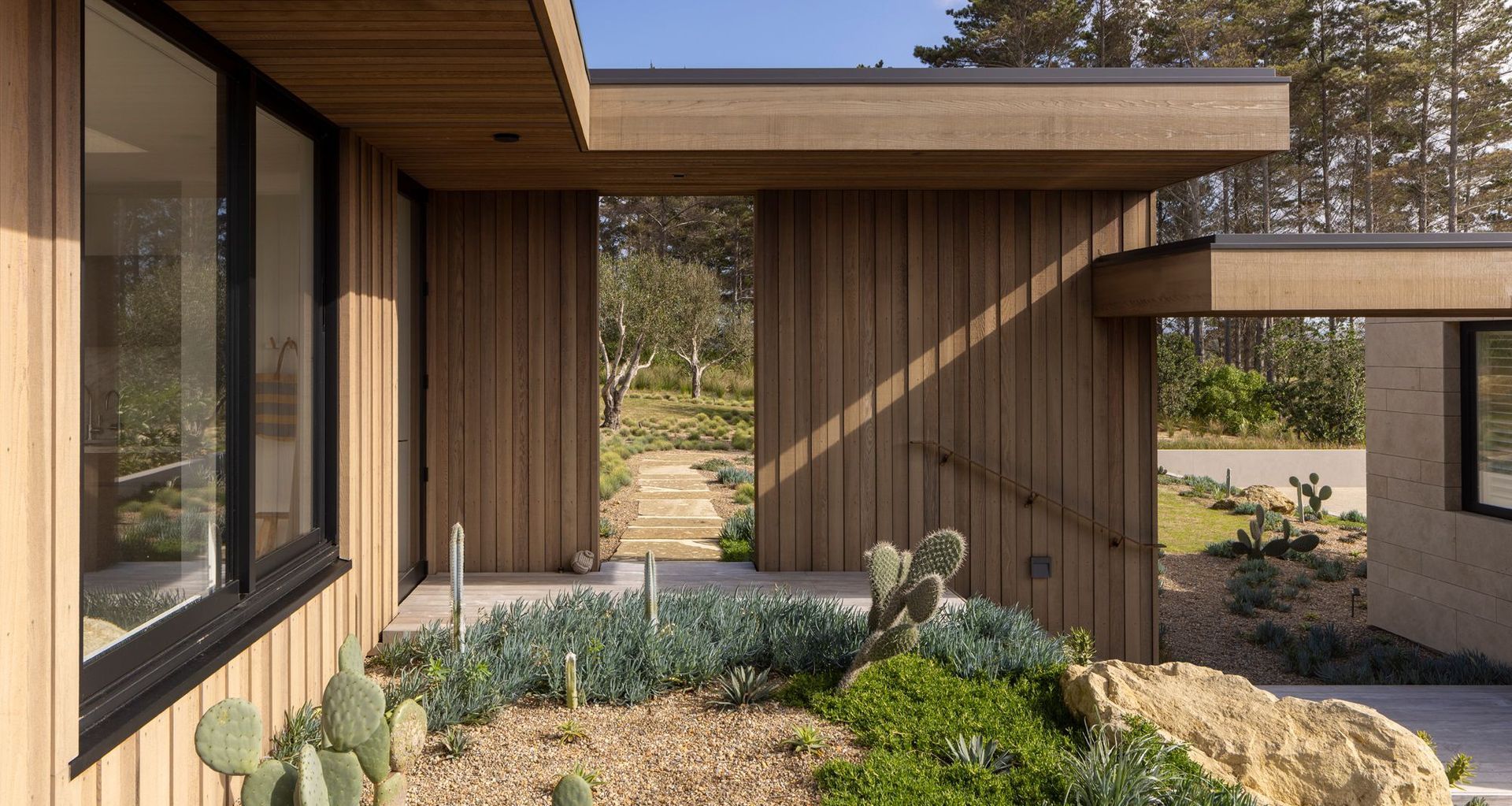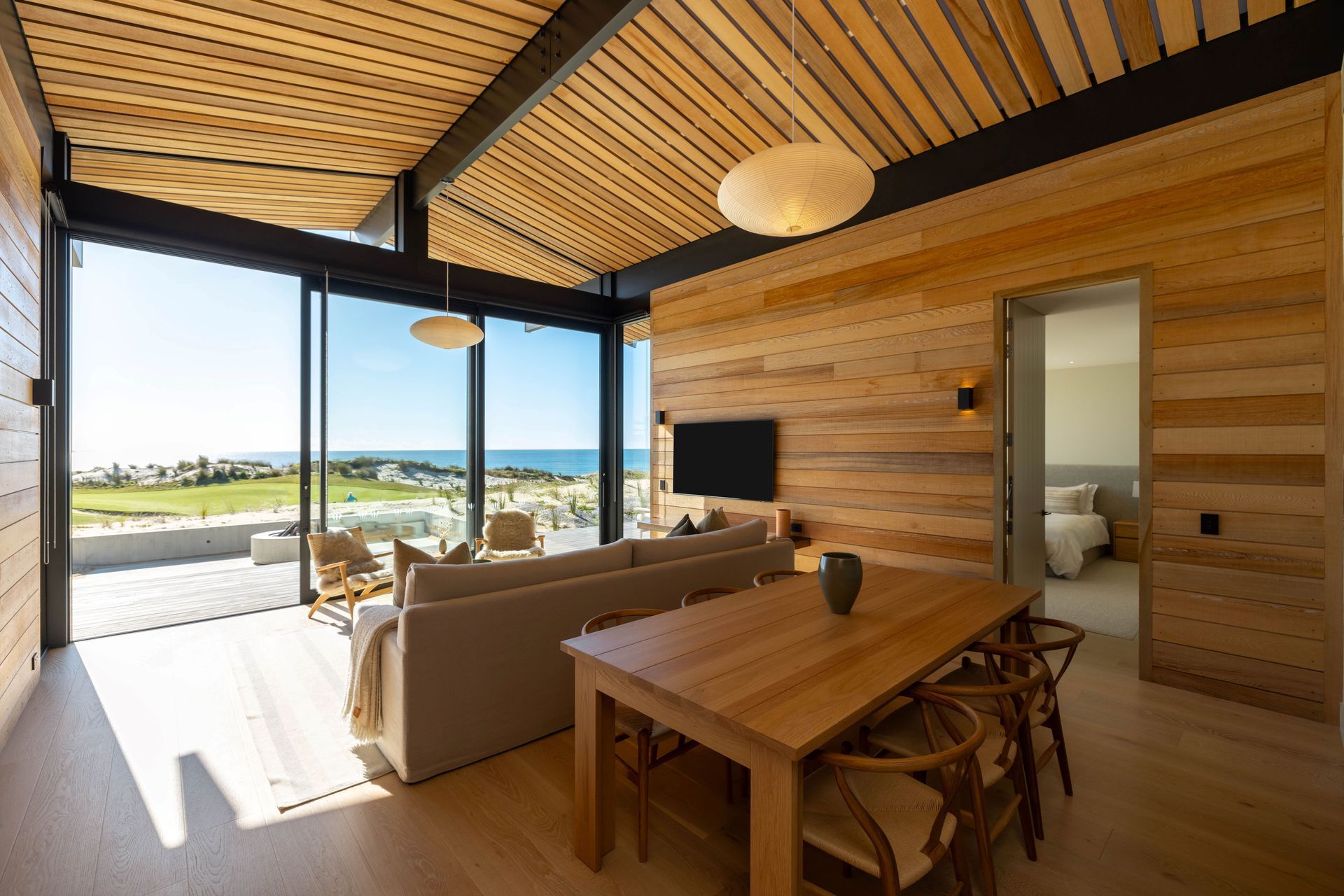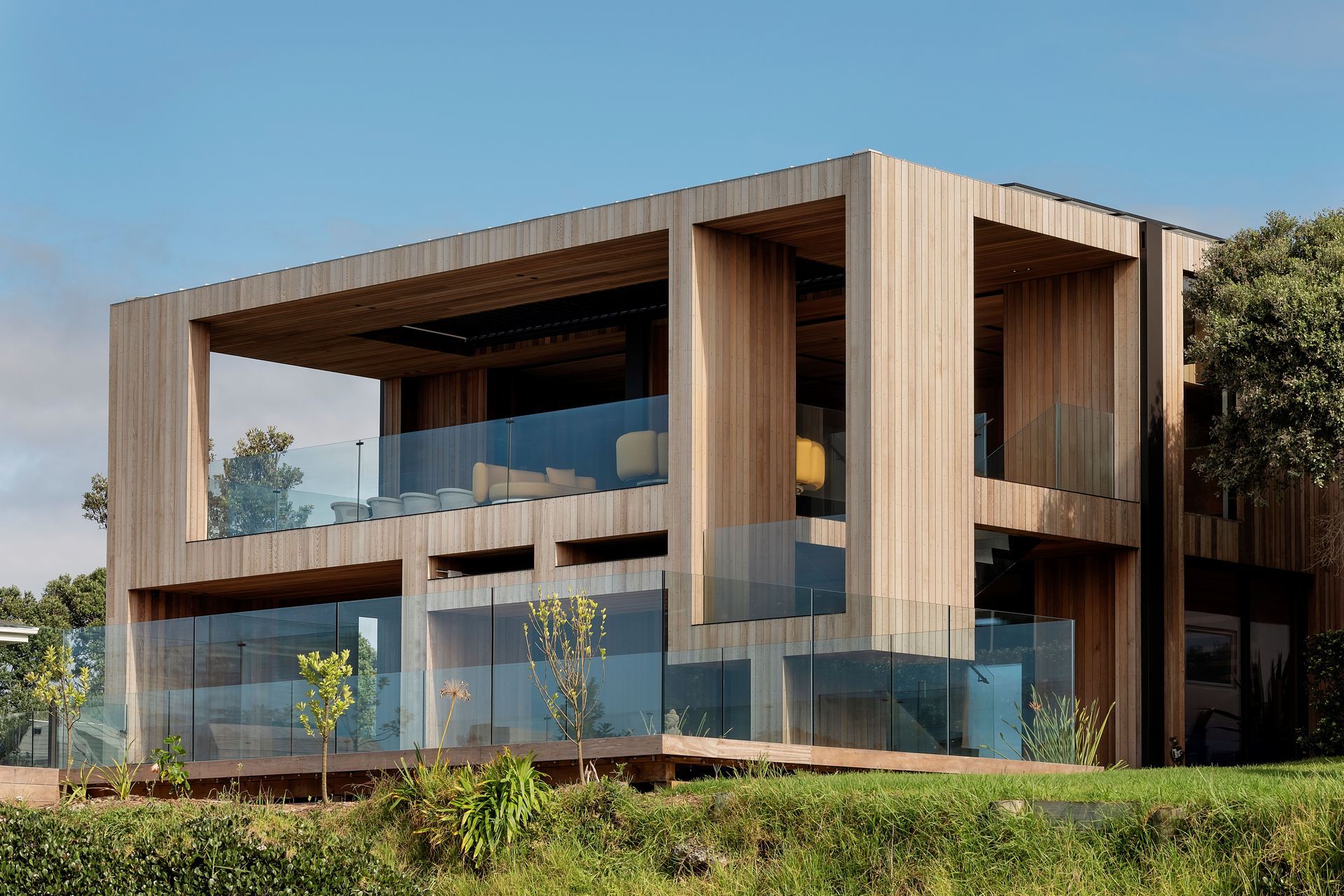Why Western Red Cedar cladding is having a huge resurgence
Written by
22 February 2024
•
4 min read

Affordability, trust, & historical use
The resurgence of Western Red Cedar can be attributed to several factors. Firstly, its affordability has played a crucial role, making it more accessible to a wider range of projects. It has also been a staple in construction for centuries, and this reliability has established it as a trusted choice for builders and specifiers.
“Western Red Cedar has a long history of use; it’s simply trusted more than other timbers,” shares Liggins. “The unique qualities of this natural material are down to a number of factors. Visually, it is more appealing, with unique and varied colour tones and grain structure.”
The material controls the design narrative for timber use in New Zealand, allowing for a greater degree of creativity and prestige in construction projects. Its affordability, combined with the trust of architects and builders, has propelled Western Red Cedar to the forefront of timber choices again across the country.
Certain regions, such as Central Otago and coastal areas in New Zealand, have seen a significant increase in demand for Western Red Cedar. Its ability to blend with natural stone in Central Otago and to effortlessly connect with coastal landscapes has driven this trend.

Unique qualities setting it apart
Western Red Cedar stands out among building materials due to its unique qualities. The material's long history of use has built a strong foundation of trust. In addition to its distinctive colour tones, grain structure, and natural textures that contribute to its visual appeal; Western Red Cedar has exceptional performance characteristics.
According to Liggins, these characteristics make Western Red Cedar more visually creative compared to other timbers, allowing architects and builders to craft aesthetically pleasing structures.
Over the Covid-19 period, specifiers experimented with various building materials due to supply chain delays on popular cladding products such as Western Red Cedar. But now that the supply chain issues have been ironed out, architects and specifiers have returned to this superior product.
With a track record spanning hundreds of years, the material boasts exceptional natural stability, durability, and weathering properties. These inherent qualities give it an edge over alternative materials, particularly in maintaining its structural integrity over time.
Western Red Cedar is also available in a large variety of lengths, dimensions and profiles, allowing specifiers to unleash their creative ambitions, and giving them the freedom to experiment with different sizes, lengths, widths, and depths.
“Variable sizes help the specifier to fabricate solutions; these include creating custom weatherboard and panelling profiles, joinery and junction detailing, including wide board fascia and barge details,” shares Liggins.
Advancements in processing & coating
The processing and coating of Western Red Cedar have seen advancements, further contributing to its popularity.
“Rosenfeld Kidson’s Cedarscreen Cladding Systems are enhanced with the use of Sansin Woodforce and the weatherboards and panelling profiles are precision factory-coated prior to delivery,” shares Liggins.
Additionally, Liggins says Western Red Cedar more readily absorbs and holds stains or oils than many other timbers, which adds to its aesthetic appeal and durability.


Sustainable sourcing & environmental importance
The sustainability of Western Red Cedar is another key factor in its renewed popularity. Responsibly sourced through the PEFC sustainable forestry programme, the material positively contributes to environmentally conscious construction practices.
“Strong forestry management practices ensure Western Red Cedar is produced from some of the most sustainably managed forests, globally.”
Supply chain adaptations & future challenges
The supply chain for Western Red Cedar has adapted to meet growing demand. Liggins highlighted a robust procurement programme as a key to ensuring buying power and efficient delivery mechanisms.
Rosenfeld Kidson has also adapted its processes to ensure customers get their product when they need it.
“Rosenfeld Kidson offers a free Quantity Survey scheduling service to our valued customer base. This enables accurate quoting, also easing the ordering and supply chain process.”
For those considering the use of Western Red Cedar, Liggins provides valuable advice.
“Trust, service, flexibility, creativity, quality, and history are all key factors in its suitability for a wide range of projects. The reduced cost of this enduring material is also a major factor. Rosenfeld Kidson offers quality products to suit most budgets, from bespoke profiles and custom components to our tried and tested range of robust cladding systems.”
As the industry continues to evolve, Western Red Cedar remains a timeless choice for those seeking a reliable, visually appealing, and sustainable building material.
Explore Western Red Cedar products from Rosenfeld Kidson & Co
